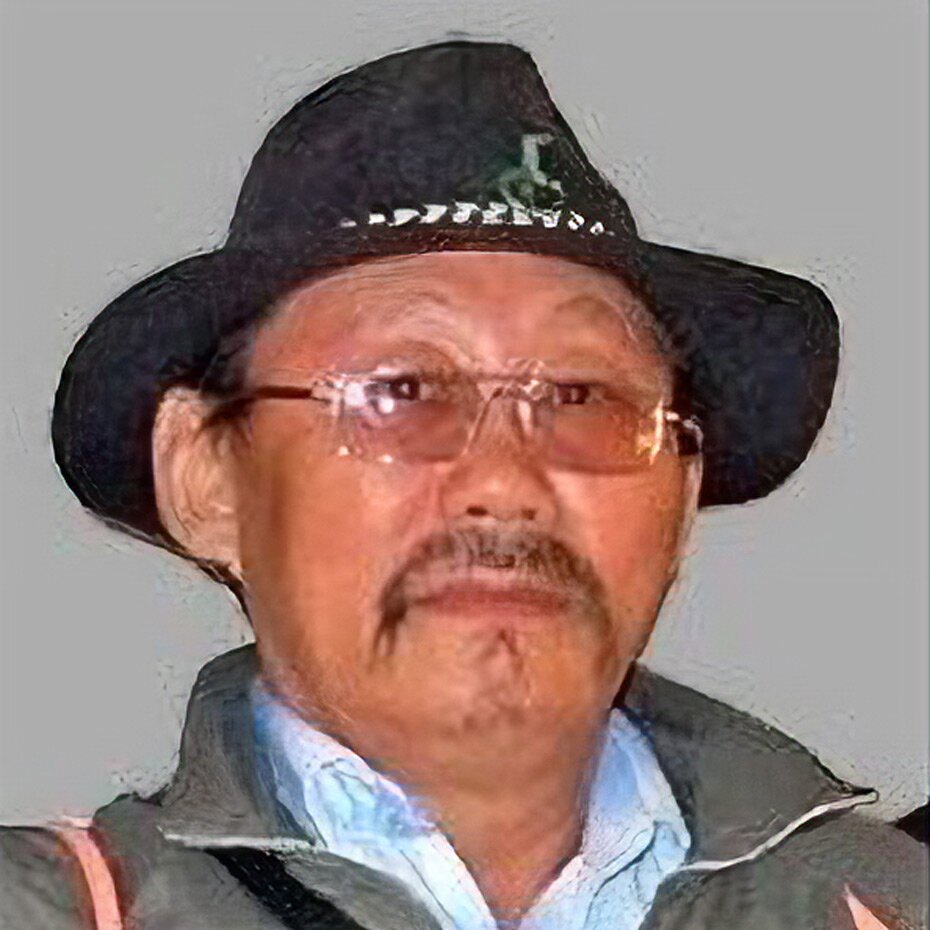
Petr Fedotovich Osipov has been fascinated by the jew's harp for as long as he can remember. Already as a child, he sat with musicians who picked up their khomus, the jew's harp of the Yakut people, occasionally listening to them for hours. In 1980, when he finally met one of the traditional Yakut jew's harp makers, Kiril Kirilovich Maltev, he began to learn from him - and later from other artisans - the art of khomus fabrication. He acquired his skills from some of the best Yakut khomus makers. This education still characterises the instruments from his workshop: Petr Osipov produces khomuses in the traditional old style, without ornament or embellishment, without technical distinctiveness or experimental shapes. It is a question of innate bearing.
In order to make a good jew's harp, according to Petr Osipov, it is not necessary to follow a technical manual but more importantly to have an intrinsic feeling for the musical instrument. "When producing a jew's harp it is important that you be involved, body and soul. Patience is required. You create an idea in your head, you pray - call it whatever you want - you simply ask that this khomus be able to create the best possible sounds from now on." Producing a khomus can take a very long time. Jew's harp makers of earlier times devoted themselves totally to the person for whom the harp was intended. First they came to know the person thoroughly, asking about his or her life, feelings, desires and dreams. They also attempted to ascertain the person's nature and character. The artisan began to work the material and manufacture the khomus only after this familiarization phase. Today there are completely different technological options that shorten production time. The interpersonal aspect is increasingly absent. Petr Osipov maintains that it is evident in the sound of a jew's harp if the maker is lacking this spiritual component.
Since Petr Osipov gave up his teaching career and went into retirement two years ago, he invests somewhat more time in building jew's harps. Nevertheless, he produces very few instruments. This is not least because Osipov lives in the country and takes daily care of his ten horses, farm, and supply of firewood. He is also representative of the old school of jew's harp making: "I produce jew's harps the traditional way, making time for the people and the instrument. I try to determine if the pitch of the Khomus should be low or high, whether the metal tongue should have a softer or firmer touch. The jew's harps I produce are individualized; they are aligned to each person's unique needs. Therefore, I produce at the very most 200 jew's harps per year." In Yakutia the fabrication of jew's harps is a job for individual instrument makers. A few of them can also make a living from their craft.
The sound of a Yakutian jew's harp depends on the tension of the tongue. Petr Osipov says that the secret of jew's harp making can be found there. "I have my own technique for making tongues. It is not just that the tongue must fit precisely in the frame: it must also be cast in a particular way." In order to prevent a jew's harp from leaving a metallic taste in the player's mouth, Petr Osipov places the finished harp in a blazing fire for a few minutes. This too, he says, is an old trick of jew's harp makers. The jew's harp maker passes on his knowledge to new generations of Yakuts. He is an invited consultant and workshop leader in all parts of Yakutia. He says, "Sharing these specialized khomus-making skills is also important for musicians. When they play the instrument, they also learn the story of how their khomus was made." Osipov has been officially recognized as a khomus maker by the People of the World Khomus Museum and Center in Yakutsk.
There is a saying in Yakutia: "Bury your parents in a casket," which means "Take care of your parents." Petr Osipov follows this wisdom by making wooden caskets for his jew's harps. They are shaped like animal hooves. This gives the khomuses a solid support, especially to protect them against becoming bent. Petr Osipov is a passionate maker of Yakut jew's harps. He shares his craftsman's philosophy with interested people from all over the world, not least as a guest at international gatherings of jew's harp experts in Austria, Germany and Norway. A few times, as he relates, international guests have even visited his workshop in Khampa, Yakutia, and have looked over his shoulder during the production of a khomus. So did DAN MOI founder Clemens Voigt in 2003, here are some impressions:




